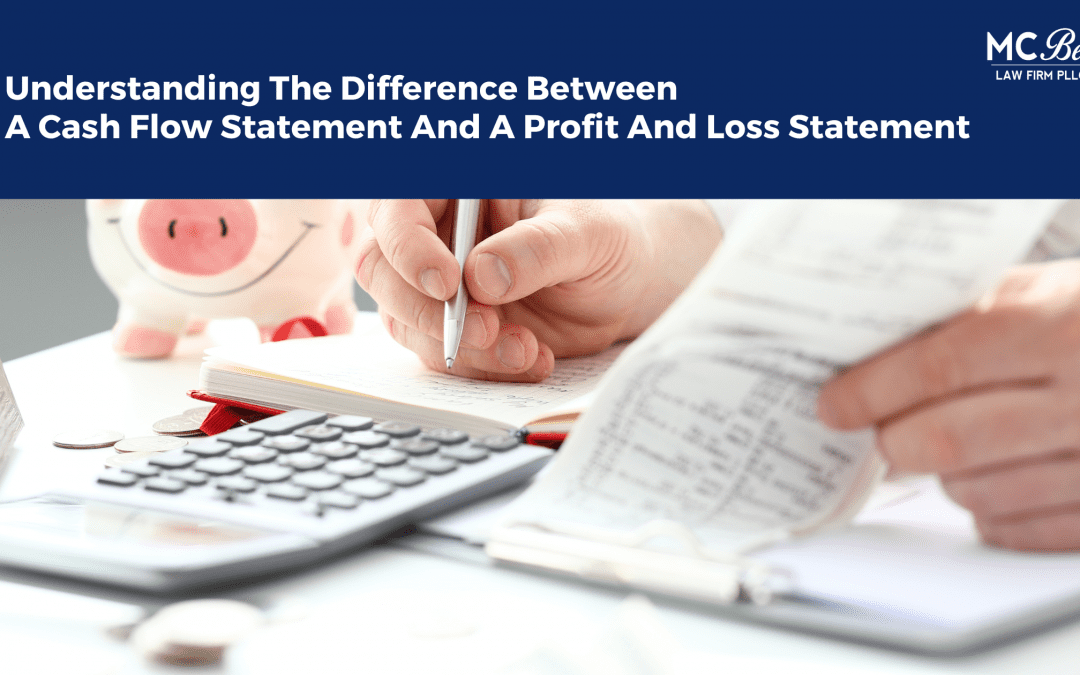Are you regularly scrutinizing your financial statements? For business success, maintaining various financial documents, including cash flow and profit and loss (P&L) statements, and reviewing them monthly at a minimum is crucial. While many entrepreneurs enlist accountants for this task, acquiring the know-how can reduce costs and provide a deeper understanding of business dynamics. Understanding the differences between these documents is essential for business owners venturing into financial self-management.
Cash Flow Statement Demystified
Harvard Business School defines cash flow as the net difference between a business’s incoming and outgoing cash over a specific period. Cash flow statements are instrumental in reviewing a business’s financial standing, showcasing income sources and expenditures. Business owners can pinpoint where money comes from and how it’s spent, helping them assess the funds needed for daily operations. These statements, typically produced quarterly, offer insights into cash levels’ fluctuations during specific periods.
Cash Flow Statement Sections:
- Operating activities: Outlines expenses and income, determining positive or negative cash flow before considering investments or additional financing.
- Investing activities: Encompasses investments impacting available cash, such as buying or selling equipment or property.
- Financing activities: Records information on bonds or stocks, including remaining cash after issuing securities or dividends.
Understanding Negative Cash Flow
Recognizing that negative cash flow doesn’t equate to business failure is crucial. Sizeable investments, like acquiring new premises or equipment, may temporarily diminish cash flow but offer long-term benefits. Consistent negative cash flow, however, signals poor performance, necessitating changes for profitability and survival.
Profit and Loss Statement Unveiled
According to the Corporate Finance Institute, a Profit and Loss (P&L) statement outlines a business’s performance during a specific period, focusing on profit and losses rather than cash flow. It delves into income, expenses, and earnings, providing a snapshot of the business’s financial health.
When To Use Cash Flow and P&L Statements
- Cash flow statements: Assessing if a business can meet weekly or monthly obligations, pay staff, repair equipment, or invest in new assets.
- P&L statements: Identifying long-term financial health, quarterly or annual performance, spending trends, financial projections, and creditworthiness.
Importance of Understanding the Difference Between Cash and Profit
Distinguishing between cash and profit is vital for business operators. Cash levels may differ from profits, and negative cash flow doesn’t negate potential profitability. Sales generating substantial cash may not translate to immediate liquidity if profits are tied to accounts receivable. Recognizing these disparities aids in strategic decision-making.
Unlock Financial Insights with Our Expertise
Operating a business requires a nuanced comprehension of financial statements. As your Estate and Succession Planning Attorney specializing in family business planning, we are here to assist you in unraveling the complexities of cash flow and Profit and Loss (P&L) statements. If you find yourself wrestling with the creation and understanding of these crucial documents, connect with us, your trusted advisor. As your dedicated Family Wealth and Estate Attorney, we provide valuable insights and advice to empower business owners in making informed decisions for lasting success.
This article is presented by Michelle Bell, an expert in estate planning and business succession services. Our office provides comprehensive legal support for businesses, assisting you in making informed decisions throughout your entrepreneurial journey and in planning for future contingencies. We also offer a specialized session where we review your business’s legal structures. To arrange this consultation, please click the following link: https://calendly.com/mcblawpllc/30min.
The information in this article is intended purely for educational and informational use and should not be considered as advice on ERISA, tax, legal, or investment matters. For advice specifically tailored to your unique situation, such advice should be sought independently from this educational content.

